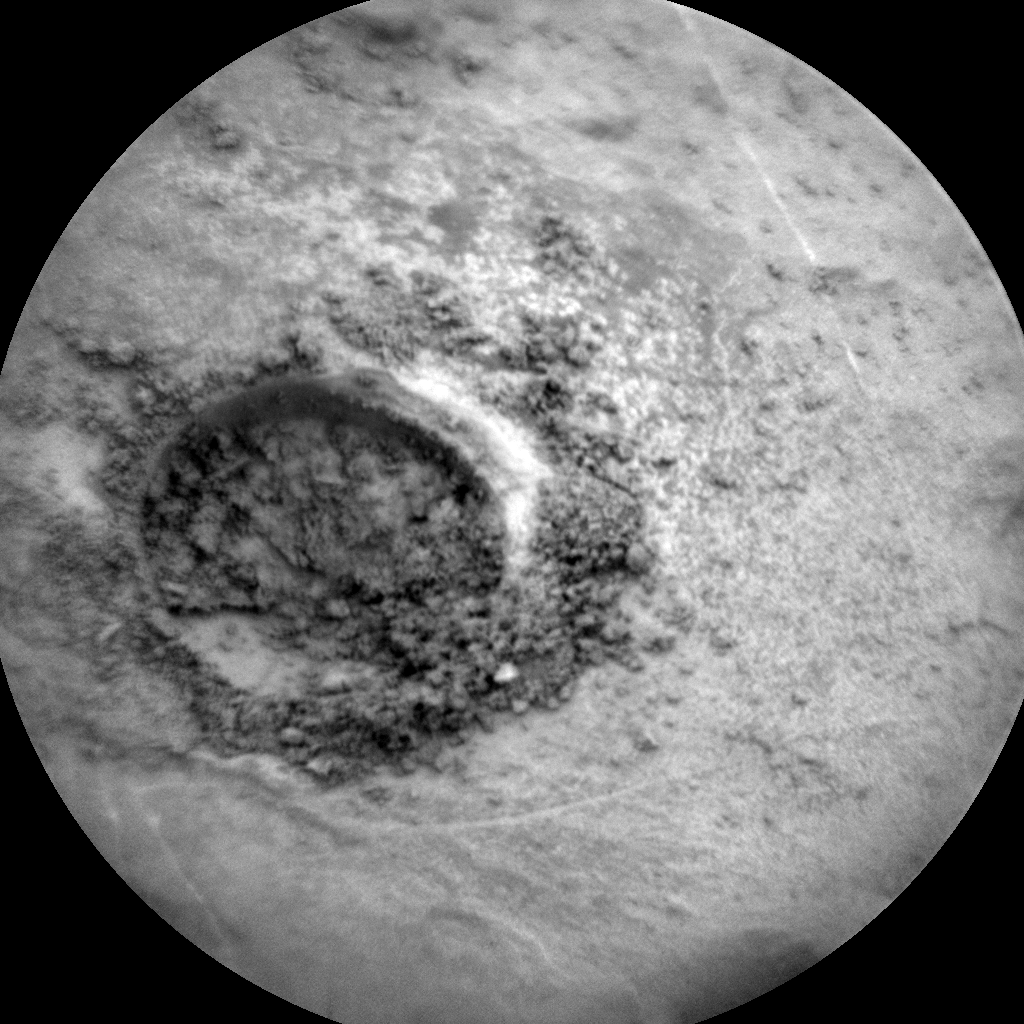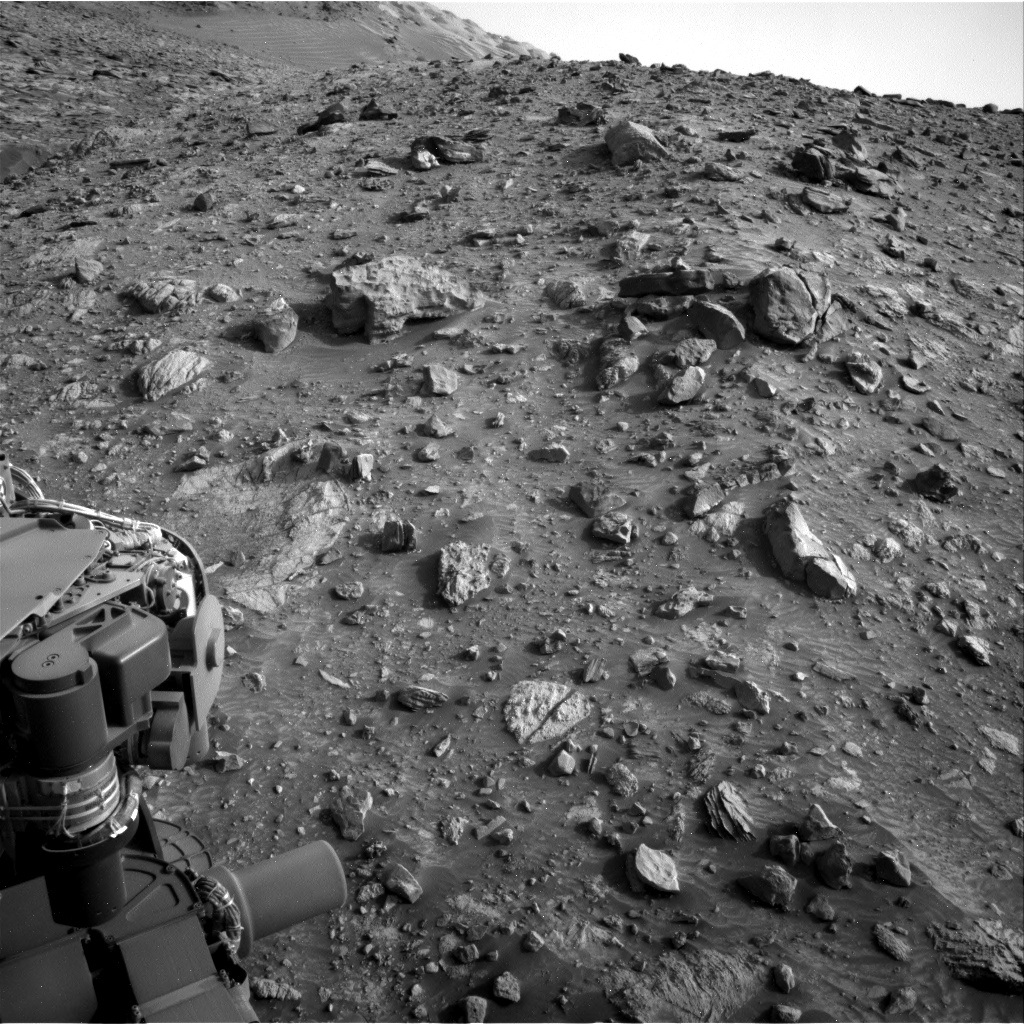2 min read

Our attempt at drilling the target "Ailsa Craig" was partly successful: the drill behaved exactly as it was supposed to, but unfortunately we weren't able to drill very deep. The rock here is just too hard! Since we didn't get a nice deep drill hole, the plan for the weekend is to do some final observations at this location and then move on another location to try again.
The science block on Sol 2124 starts with a ChemCam passive observation of the pulverized rock tailings from our shallow drill hole. That will be followed by an "active" (laser zapping) observation of the vein target "LamLash Bay" accompanied by Mastcam multispectral images. Later in the afternoon, Mastcam and Navcam will do some atmospheric observations to monitor the dust levels as the planet-encircling storm gradually dies down. We'll wrap up the day with APXS observations on and off of the drill hole.
In the morning of Sol 2125 Navcam and Mastcam have more atmospheric observations. Later in the afternoon, ChemCam will also analyze the chemistry of the drill hole and tailings and Mastcam and Navcam will do some more atmospheric measurements, including watching for dust devils.
On Sol 2126, Curiosity will drive toward our next potential drill location. We'll collect the usual post-drive images to help us choose targets on Monday, as well as some more dust monitoring with Navcam.
Written by Ryan Anderson, Planetary Geologist at USGS Astrogeology Science Center







